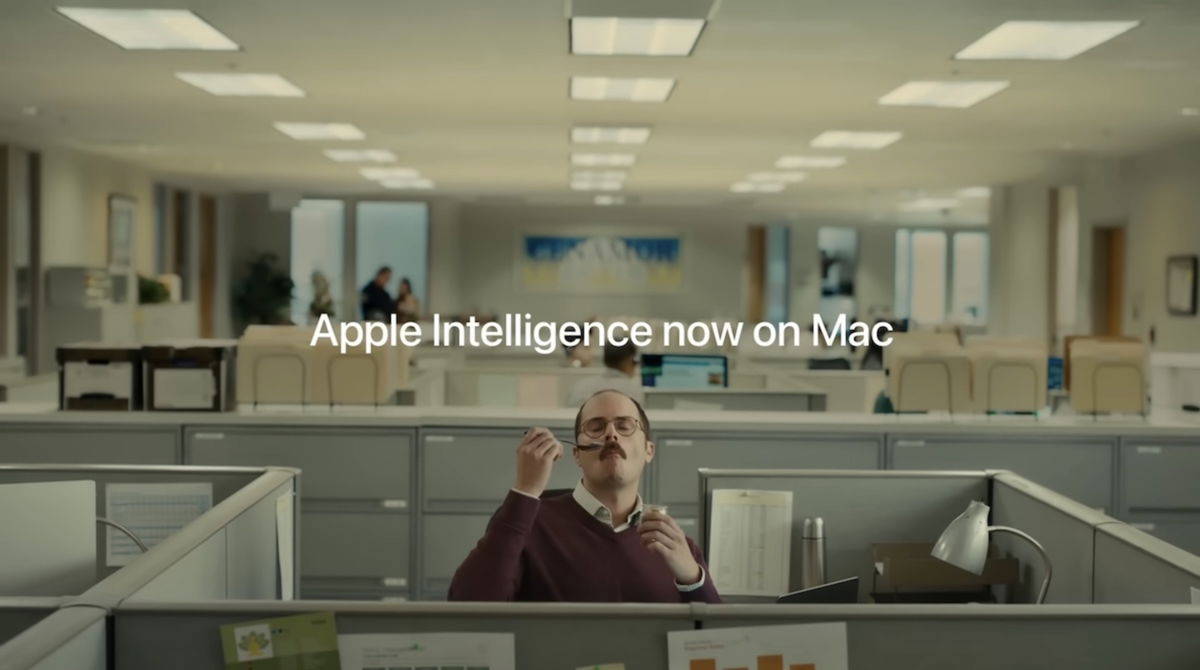Yet growing evidence suggests that Apple is considering switching from a diagonal to a vertical configuration for the rear cameras of its non-Pro iPhones this year.
Apple has changed this arrangement several times in the past. The company started with dual camera lenses in a horizontal configuration on the iPhone 7 Plus and 8 Plus, before switching to a vertical layout on the iPhone X in 2017. Apple used a vertical camera layout until the iPhone 13 in 2021, when it moved to the vertical configuration. current diagonal layout, but the camera array has been square since the iPhone 11. In 2024, Apple is expected to return to both a vertical layout and a smaller camera array like the one used on the iPhone X.
The reasoning behind these changes has always been somewhat obscure, with some experts believing that the diagonal layout accommodated larger sensors, while others believe that Apple simply likes new phones to be different from previous generations to marketing purposes. But this year’s change has a more obvious rationale: Vertical lenses will allow the iPhone 16 to shoot spatial video for Vision Pro like the iPhone 15 Pro. (This is the same reason Apple replaced the telephoto and ultra-wide lenses on the iPhone 15 Pro last year: so that the main and ultra-wide lenses sit side by side when the phone is held landscape orientation.)
The return to vertical has been rumored for some time. We first talked about it in March 2023, well before the iPhone 15 was released; at the time, the prediction was based on a single source, even though it had a strong track record, and was therefore considered uncertain. But a leak of so-called “prototypes” in December made the idea considerably more credible.
And there have been more recent developments. On Sunday, X/Twitter user Majin Bu posted leaked “diagrams” of the iPhone 16, adding even more credibility to the prediction of vertical camera lenses. At the very least, this seems to indicate that Apple has explored this as a possible design.
Apple news site MacRumors has since corroborated the patterns, saying their own sources “align with” the shared images. And Majin Bu in turn updated the prediction to say that the schematic designs “are almost 100% identical to the prototypes currently being tested by Apple” and that these “will most likely be the final design.”
Aside from potentially bringing support for spatial video – which, perhaps surprisingly, Majin Bu says will only “probably” be added – the new camera layout won’t make much difference for most. users. But it would be a visible difference from the iPhone 15, which new iPhone buyers tend to like. But there’s still a long way to go before the iPhone 16 arrives, so be sure to stay up to date with all the latest news and rumors in our regularly updated iPhone 16 superguide.








